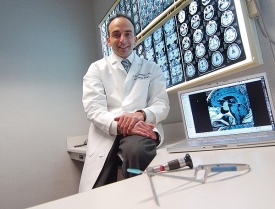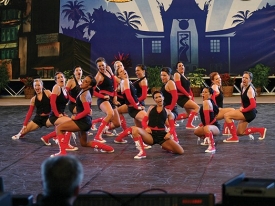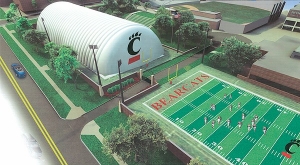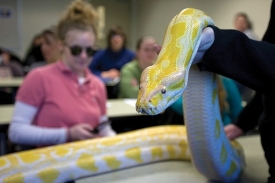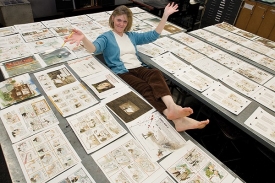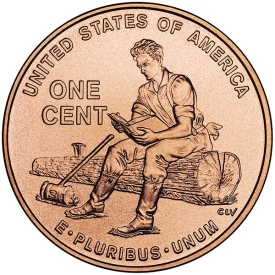Take me to this brief:
Laser scalpel
Medical Breakthroughs
UC Dance Team wins nationals and worlds
UC's first Big East scholar
Indoor practice facility underway
Board of Trustees transitions
Studying a snake's hearing
Comics tell veterans' tales
Another wrongful conviction overturned
UC student gets to Carnegie Hall via YouTube
Lead research featured on NBC's 'Law & Order SVU'
UC prof gives Lincoln a facelift
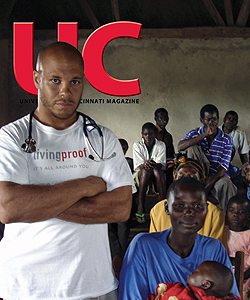
 Issue Archive
Issue Archive